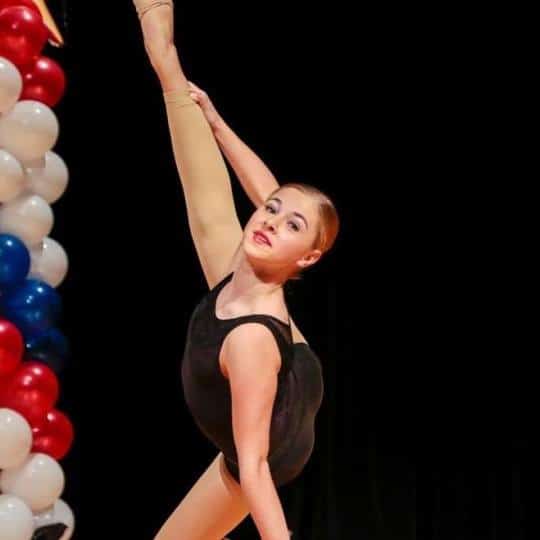As dancers, we are almost always rehearsing for an upcoming performance, whether it’s a competition, a recital or even just Parent’s Week at the studio. Since entertaining an audience is such a huge part of a dancer’s life, it’s important to become the best artist you can be. Here are a few secrets that can boost your confidence and help you slay your performance the next time you hit the stage!
1. “Light up the Stage” and Use Your Face
This might be one of the biggest ways to enhance your performance. Most often, the eyes of viewers will be drawn to the dancer with the most expression on their face. A dancer with an expressionless face quickly fades into the background, but when your face lights, it connects you to the audience on a whole new level. Even if the choreography doesn’t require a big cheesy grin, or mournful tears, a dancer should always keep up some form of expression, even a light pleasant look. This will make your performance more enjoyable for you and your audience.
Warning: Avoid dropping your face when you’re in the middle of executing a difficult move. Fouetté turns? Keep up the smile! Being inconsistent with your face draws your audience’s eye in the wrong way.
2. Know Your Choreography
There is just nothing like watching dancers who know their stuff. This will help your confidence too. When you’re prepared and you’ve worked hard to make your movements second nature, your muscle memory will take over during those performance nerves, preventing you from freezing on stage or blanking out in the wings. Your focus and determination in class translates in your movements on the stage and into the crowd.
3. Find Your Story
Your performance should tell a story. Sometimes doing that is simple because the choreography incorporates a story—if that’s the case, go with it and use that story to boost your performance. But there will be times your ballet teacher plays the recital piece for the upcoming performance and you realize it’s just a classical song with no real story line. Don’t be discouraged, dream one up for yourself. Finding a story in the music will help you connect to the piece. Listen to the song in your down time and come up with your own narrative. This will create passion in your movements.
These tips are simple, but they’ll make a huge difference when you incorporate them into performance life. So next time you’re ready to hit the stage, remember to use your face, know your moves and dance your story—because that’s what performers do!

